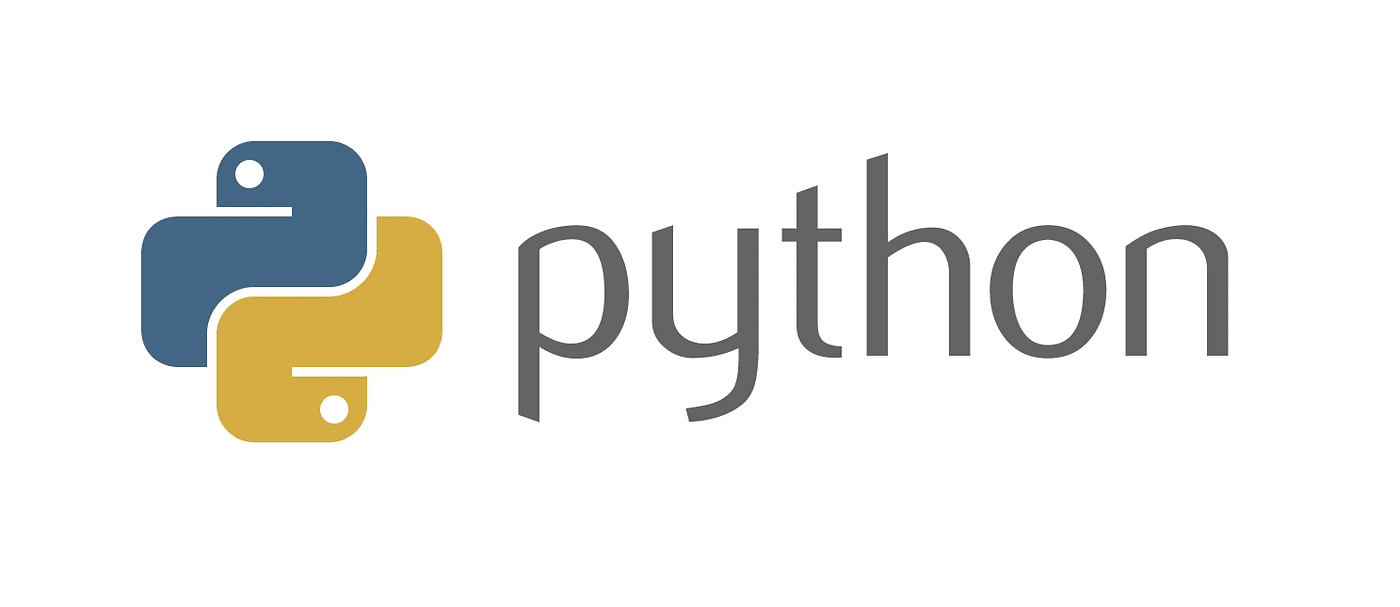Understanding Python -1 Index Explained
In the world of programming, understanding the concept of indexing is crucial for beginners. One of the common indexing methods used in Python is the -1 index. So, what exactly does Python -1 index mean and how does it work? Let’s dive into the details and unravel the mysteries behind this unique indexing system.
What is Python -1 Index?
When we talk about indexing in Python, we are referring to the method of accessing elements in a sequence such as a list, tuple, or string. In Python, indexing starts at 0 for the first element, 1 for the second element, and so on. However, the -1 index is a special case that is used to access the last element in a sequence.
For example, if we have a list of numbers like [1, 2, 3, 4, 5], using the -1 index will give us the last element, which is 5. This can be very useful when you want to access elements from the end of a list without knowing the exact length of the sequence.
How to Use Python -1 Index?
Using the -1 index in Python is quite straightforward. To access the last element of a list or any other sequence, you simply need to use -1 as the index value. Here is an example to illustrate this:
“`python
my_list = [10, 20, 30, 40, 50]
last_element = my_list[-1]
print(last_element)
“`
In this example, the variable `last_element` will store the value 50, which is the last element in the `my_list` list. By using the -1 index, we can easily access the last element without having to know the length of the list beforehand.
Benefits of Using Python -1 Index
The Python -1 index offers several benefits, especially when working with sequences that have variable lengths. Some of the advantages of using the -1 index include:
- Easy access to the last element of a sequence without knowing its length.
- Simplifies the process of retrieving elements from the end of a list or tuple.
- Improves code readability by providing a concise way to access the last element.
Overall, the Python -1 index is a handy tool that can streamline your code and make it more efficient.
Conclusion
In conclusion, the Python -1 index is a versatile feature that allows you to access the last element of a sequence with ease. By understanding how the -1 index works and how to use it in your code, you can enhance your programming skills and write more efficient scripts. So, the next time you need to access the last element of a list or tuple in Python, remember the -1 index and simplify your code.
Frequently Asked Questions
1. Can I use the -1 index with other negative values in Python?
Yes, you can use negative values other than -1 to access elements in reverse order in Python sequences.
2. Is the -1 index exclusive to lists in Python?
No, the -1 index can be used with other sequences such as tuples, strings, and arrays in Python.
3. How does the -1 index work with empty sequences?
If a sequence is empty, using the -1 index will result in an IndexError as there are no elements to access.
4. Can I use the -1 index with nested sequences in Python?
Yes, you can use the -1 index to access elements in nested sequences, provided you specify the correct indices for each level.
5. Are there any performance implications of using the -1 index in Python?
Using the -1 index in Python is not expected to have a significant impact on performance, as it is a built-in feature of the language.

